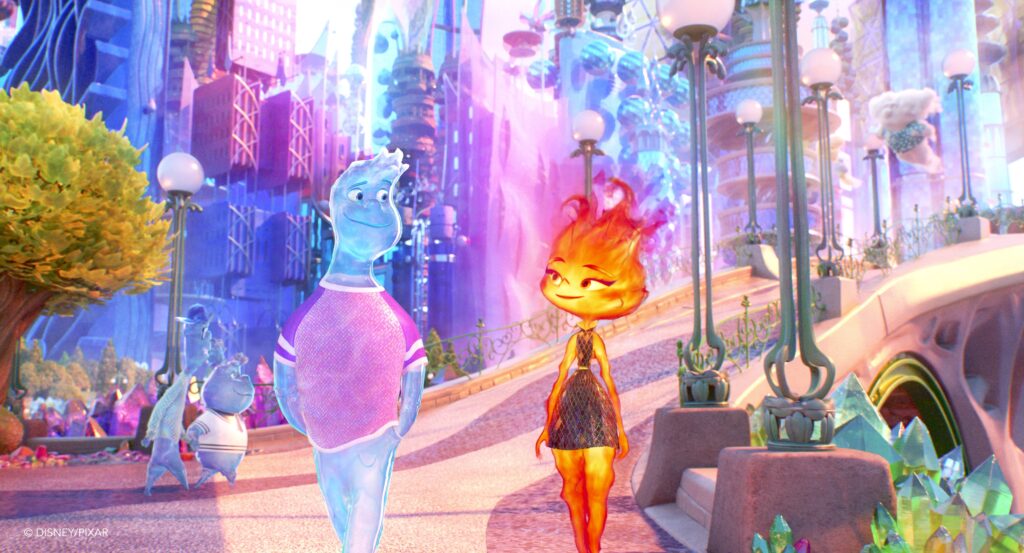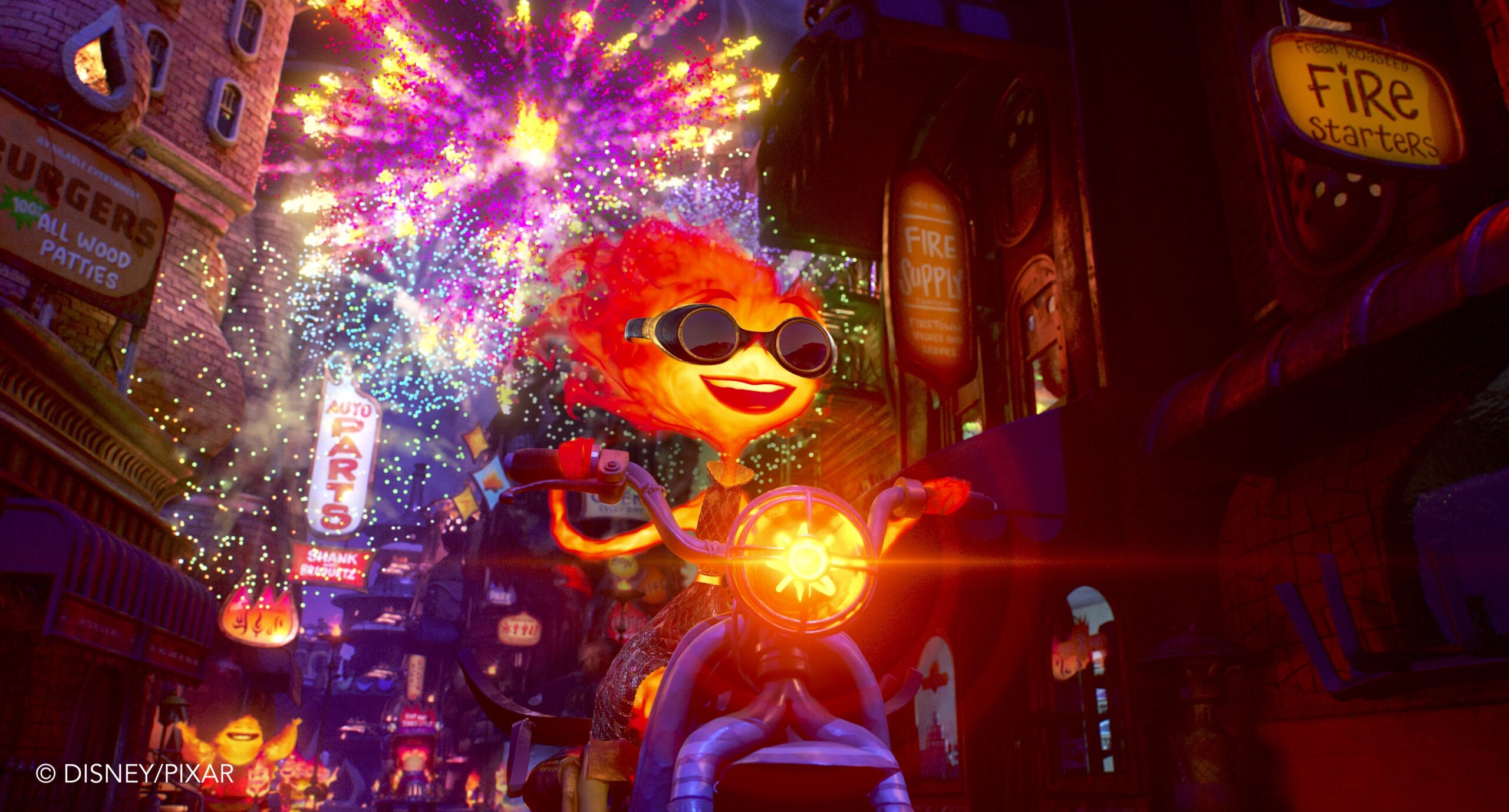
With digital artistry and technical innovation continuing to push the boundaries of what’s possible in filmmaking, one tool has emerged as a key player in this evolving landscape: Pixar’s Universal Scene Description (OpenUSD). We are excited to announce OpenUSD’s recognition with a prestigious Academy Scientific and Engineering Award, a testament to the technology’s groundbreaking contribution to the film industry.
The Academy of Motion Picture Arts and Sciences will honor this achievement at the annual Scientific and Technical Awards ceremony, set to take place on Friday, February 23, 2024, at the Academy Museum of Motion Pictures. This event celebrates the behind-the-scenes innovations that elevate the art of storytelling to new heights.
Academy Awards for Scientific and Technical Achievements
The Academy Awards for Scientific and Technical Achievements highlight technical contributions that have significantly and enduringly affected the way movies are made and the brilliant inventors behind them.
OpenUSD was honored in the science and engineering subcategory, acknowledging its importance as the first open source scene description framework that streamlines the entire production workflow. Developed by F. Sebastian Grassia, Alex Mohr, Sunya Boonyatera, Brett Levin, and Jeremy Cowles, OpenUSD’s innovative layering system and efficient crate file format have established it as the de facto standard for 3D scene interchange, facilitating unparalleled collaboration across the industry.
OpenUSD’s journey is a narrative of relentless innovation and dedication at Pixar, spanning over a decade. It started with addressing the challenges encountered during the production of “Toy Story.” By 2004, Pixar began to address the limitations of their existing animation system, Marionette, which had been used since “A Bug’s Life.” By 2008–2009, the development of TidScene introduced significant advancements in scene description and data management, laying the foundational elements of OpenUSD’s architecture. This period of intense R&D culminated in the launch of the USD project in 2012, a comprehensive effort to integrate and refine Pixar’s accumulated technological advancements into a unified system.
The decision to open source USD in 2016 was another milestone, reflecting Pixar’s commitment to sharing their innovation with the broader industry. The Academy’s recognition of OpenUSD with a Scientific and Engineering Award highlights the significant contribution of this technology to the film industry and beyond, celebrating years of innovation and teamwork at Pixar.
The science and engineering subcategory also celebrated other remarkable technologies this year. Among them was OpenVDB — created by Ken Museth, Peter Cucka, and Mihai Aldén — which was acknowledged for its transformative impact within the motion picture industry. Additionally, the Alembic Caching and Interchange system, developed by Lucas Miller, Christopher Jon Horvath, Steve LaVietes, and Joe Ardent, received recognition for its efficient algorithms in storing and retrieving baked, time-sampled data, facilitating high-efficiency caching and scene sharing across the digital production pipeline. Notably, both OpenVDB and Alembic can interoperate with USD via plugins, enhancing their utility and integration within the industry’s production workflows. The IMAX Prismless Laser Projector was also highlighted for its innovative optical mirror system, significantly enhancing brightness and contrast in IMAX theaters.
Universal Scene Description: The Darling of The Film Industry
OpenUSD stands out in the science and engineering category for its transformative role in the industry. Its flexible architecture and efficient data management have made it an indispensable tool in the creation of complex, visually stunning cinematic worlds. Pixar’s “Elemental” stands as a testament to OpenUSD’s capabilities, utilizing this technology to weave its narrative magic, earning it a nomination for Best Animated Feature at this year’s Oscars.
 The inception and open sourcing of OpenUSD under the stewardship of Steve May, Pixar’s CTO and chairperson of the Alliance for OpenUSD, mark a pivotal moment in the evolution of 3D animation technology. From its roots in animation, OpenUSD has evolved into a versatile tool for digital creation across various mediums. For an in-depth exploration of OpenUSD’s journey and Steve May’s pivotal contributions, read our “Meet the Visionary” blog.
The inception and open sourcing of OpenUSD under the stewardship of Steve May, Pixar’s CTO and chairperson of the Alliance for OpenUSD, mark a pivotal moment in the evolution of 3D animation technology. From its roots in animation, OpenUSD has evolved into a versatile tool for digital creation across various mediums. For an in-depth exploration of OpenUSD’s journey and Steve May’s pivotal contributions, read our “Meet the Visionary” blog.
Additionally, don’t miss the opportunity to see Steve May speak at NVIDIA GTC 2024, where he will talk about the power of Universal Scene Description as a standard for the 3D internet with other AOUSD members. Learn more and register for the panel.
The recognition of OpenUSD by the Academy is not just an award; it signals the potential and promising future of this technology. OpenUSD will redefine the essence of digital storytelling, extending its reach into emerging domains like spatial computing, perception AI, and industrial digital twins.
As we celebrate this significant milestone, the Alliance for OpenUSD invites you to explore the vast potential of OpenUSD. Whether you’re looking to integrate OpenUSD into your workflow, contribute to its development, or simply learn more about its capabilities, AOUSD offers a platform for collaboration and growth.
If your company is interested in joining the Alliance for OpenUSD, sign up to become a member. Check out the AOUSD website to learn more about the organization and what membership entails.
Follow AOUSD on Facebook, Instagram, LinkedIn, X, and YouTube, and get support from our community of artists, designers, and developers in our forum.
